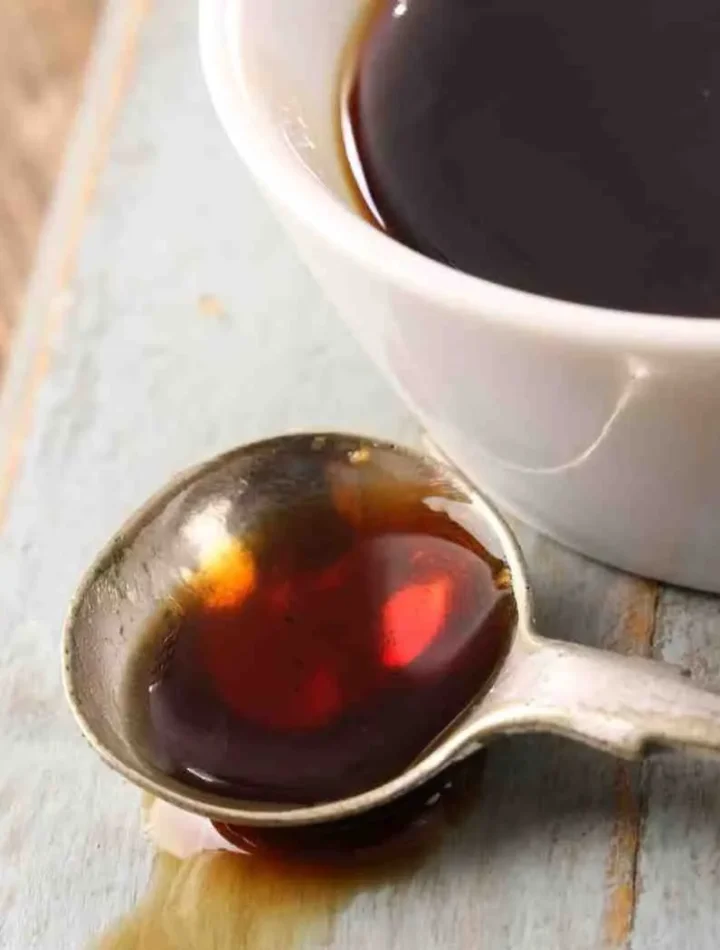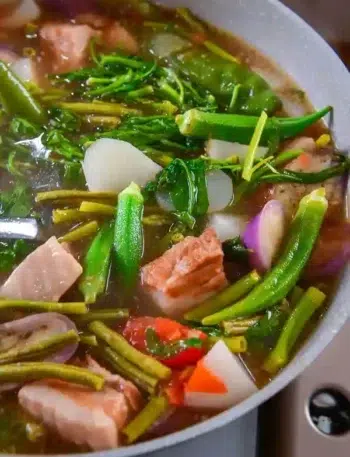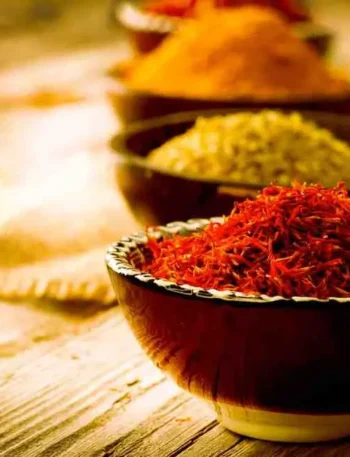When it comes to Asian cooking, two sauces often confuse—teriyaki sauce and soy sauce. At first glance, both look dark, salty, and savoury, and many wonder if they’re the same. In reality, they serve very different purposes in the kitchen. We’ll explore their origins, flavours, uses, and nutritional values. This way, you’ll be able to tell them apart without difficulty.
Contents
What is soy sauce?
Soy sauce is a fermented sauce with roots in China that date back over 2,000 years. It spread across Asia and changed into various regional styles. These styles are Japanese shoyu, Korean ganjang, and Indonesian kecap manis.
Ingredients: Traditional preparation involves soybeans, wheat, salt, and water.
–Process: Soybeans and wheat get fermented with special molds and bacteria. This creates a rich umami flavour.
Flavour Profile: Salty, savoury, with a hint of bitterness and a deep umami taste.
·Uses: Used as a dipping sauce, marinade, or seasoning for soups, stir-fries, rice, and noodles.
Soy sauce is a flavor-building block in many Asian cuisines.
What Is Teriyaki Sauce?
Teriyaki sauce comes from Japan and is much newer than soy sauce. The word teriyaki refers to a cooking method: teri means “shine” and yaki means “grill.” This sauce is used to glaze and flavor grilled meats and vegetables, giving them a glossy finish.
– Ingredients: A mix of soy sauce, sugar or honey, mirin (sweet rice wine), and sometimes garlic and ginger.
· Flavor Profile: Sweet, savory, tangy, and rich.
· Uses: Used as a marinade or glaze for chicken, beef, fish, and tofu. It can also be used as a dipping sauce or stir-fry sauce.
Unlike soy sauce, teriyaki sauce is not used for broad seasoning, but rather for coating and enhancing specific dishes.
Key Differences Between Teriyaki and Soy Sauce
| Aspect | Soy Sauce | Teriyaki Sauce |
| Origin | Ancient China (adopted in Japan) | Japan |
| Base Ingredients | Soybeans, wheat, salt, water | Soy sauce, sugar, mirin, spices |
| Flavor | Salty, umami, slightly bitter | Sweet, savory, tangy |
| Texture | Thin and watery | Thicker, syrup-like |
| Use | Seasoning, dipping, marinades | Glazes, marinades, coatings |
| Shelf Life | Long-lasting due to fermentation | Shorter, especially once opened |
Can Teriyaki Sauce Replace Soy Sauce?
Short answer: No.
- Soy sauce is salty and savory.
- Teriyaki sauce has sugar, which caramelizes during cooking and throws off the balance.
If you use teriyaki in place of soy sauce, you’ll get a sweeter dish that won’t match the recipe. If you use soy sauce in place of teriyaki, you’ll get a dish that’s not sweet and not thick.
Can Soy Sauce Replace Teriyaki Sauce?
Soy sauce is one of the main ingredients in teriyaki, but it can’t replace it. But you can make a quick homemade teriyaki substitute by mixing:
- ½ cup soy sauce
- ¼ cup honey or brown sugar
- 2 tbsp mirin (or rice vinegar)
- 1 clove minced garlic
- 1 tsp grated ginger
This combo mimics the sweetness and gloss of teriyaki sauce.
Flavor Breakdown
Soy Sauce Flavor
- Salty upfront
- Deep umami
- Slight bitterness from fermentation
- Thin so it mixes well into dishes
Teriyaki Sauce Flavor
- Sweetness from sugar or honey
- Savory from soy sauce
- Tanginess from mirin or rice wine
- Thick and clingy for glazing
Nutritional Comparison
Soy Sauce (1 tablespoon):
- Calories: 10
- Sodium: 900 mg
- Protein: 1 g
- Sugar: 0 g
Teriyaki Sauce (1 tablespoon):
- Calories: 20–25
- Sodium: 600–700 mg
- Protein: 0 g
- Sugar: 3–5 g
Soy sauce is lower in sugar but higher in sodium, whereas teriyaki contains added sweeteners that increase its calorie content.
Culinary Applications
Common Uses of Soy Sauce
- Stir-fry base seasoning
- Sushi and sashimi dipping
- Soups and broths (like miso soup)
- Marinades for meats and vegetables
- Rice and noodle dishes
Common Uses of Teriyaki Sauce
- Glazed salmon or chicken
- Beef skewers and teriyaki bowls
- Stir-fries with a sweet-savory kick
- Dipping sauce for dumplings or spring rolls
- Grilled vegetables with a sticky coating
Cultural Importance
- Soy sauce is best in Asian cuisine. It adds rich flavour and is used daily in homes throughout the continent.
- Teriyaki Sauce: This sauce is linked to Japanese-American cuisine. It’s especially popular in Western restaurants and takeout menus.
Conclusion
Soy sauce and teriyaki sauce may appear similar, but they serve distinct purposes in cooking. Soy sauce is a seasoning, while teriyaki sauce is a glaze. Now you know the difference. You can pick the right condiment for your next dish, whether it’s noodles or salmon.







